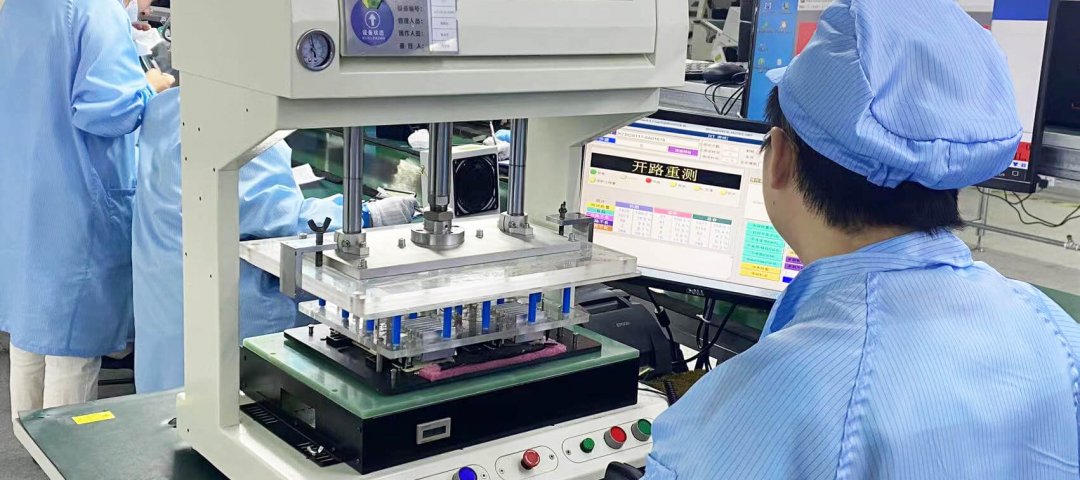The Hidden Lifespan Killer: How Solder Temperature Dictates Your PCBA's Fate
Ever wonder why some electronics seem to chug a

In the field of electronic manufacturing, the price difference between small batch PCBA (printed circuit board assembly) proofing and mass production is huge, which often confuses engineers and purchasers. Behind this difference, it is closely related to six core factors such as fixed cost allocation, equipment debugging, and material procurement. Understanding these factors can help you avoid cost traps and optimize procurement decisions.
1. Fixed Costs and Economies of Scale
Fixed costs such as equipment depreciation, plant leasing, and initial design investment will not fluctuate significantly due to changes in production quantity. In small batch production, these costs need to be allocated to a small number of products, resulting in a surge in the cost of each piece. For example, if a set of PCB design and process development costs worth 100,000 yuan is produced for 100 PCBAs, each piece needs to be allocated 1,000 yuan; if 10,000 pieces are produced, each piece only needs to be allocated 10 yuan. Mass production can dilute fixed costs and significantly reduce unit prices through economies of scale.
2. Machine Setup and Downtime
Before PCBA production, SMT patch, reflow soldering and other equipment need to be parameter debugged and steel mesh replaced. Small batch orders have many batches and small quantities, and the equipment frequently switches production tasks, resulting in a high proportion of debugging and downtime. For example, the production of 100 PCBAs may require 3 equipment debuggings, each taking 1 hour; while the production of 10,000 pieces only requires 1 debugging. These additional downtime costs are ultimately included in the unit price of small batch products.
3. Material Costs
When purchasing in large quantities, suppliers can purchase components such as resistors and capacitors at lower prices and even obtain exclusive discounts by virtue of their scale advantages and long-term cooperative relationships. However, small batch proofing is difficult to enjoy discounts due to the small purchase volume, and some scarce materials need to be purchased urgently at high prices. For example, the unit price of a certain type of capacitor is 0.1 yuan when purchased in large quantities, but it may be as high as 0.3 yuan when purchased in small quantities, which directly increases the cost of a single PCBA.
4. Labor Costs
Due to the scattered processes and low efficiency of small-batch production, the labor time consumed per unit product is significantly higher than that of large-scale production. Workers need to frequently handle material preparation, equipment monitoring and quality inspection for different orders, and the output per unit time is small. For example, when producing 100 PCBAs, the labor cost is allocated to about 20 yuan per piece; when producing 10,000 pieces, with the help of assembly line operations and automated equipment, the labor cost can be reduced to 5 yuan per piece.
5. Customization and Flexibility
Small-batch PCBA proofing often needs to meet customer personalized design requirements, such as special packaging, non-standard processes, etc. Suppliers need to invest extra time and resources to adjust the production process, and even introduce special materials and equipment. These customization costs are difficult to be allocated through large-scale production, resulting in an increase in unit price. In contrast, mass production mostly adopts standardized processes, and costs are easier to control.
6. Risk and Uncertainty
Small batch orders have meager profits, but suppliers need to bear the same quality risks, delivery risks and design change risks as large batch orders. Once defective products appear or customers temporarily modify the design, the loss of small batch orders will account for a higher proportion. In order to cover potential risks, suppliers will increase the unit price, which is also an important reason why the price of small batch PCBA proofing remains high.
In conclusion,In order to reduce the cost of small batch PCBA proofing, you can try to combine orders with multiple companies to improve bargaining power; optimize design solutions and reduce customization requirements; choose suppliers with fast line change capabilities and flexible production models, and clarify the cost details and risk-bearing clauses in the contract. Only by mastering the logic of cost composition can we make more economical and efficient decisions in the PCBA proofing link.